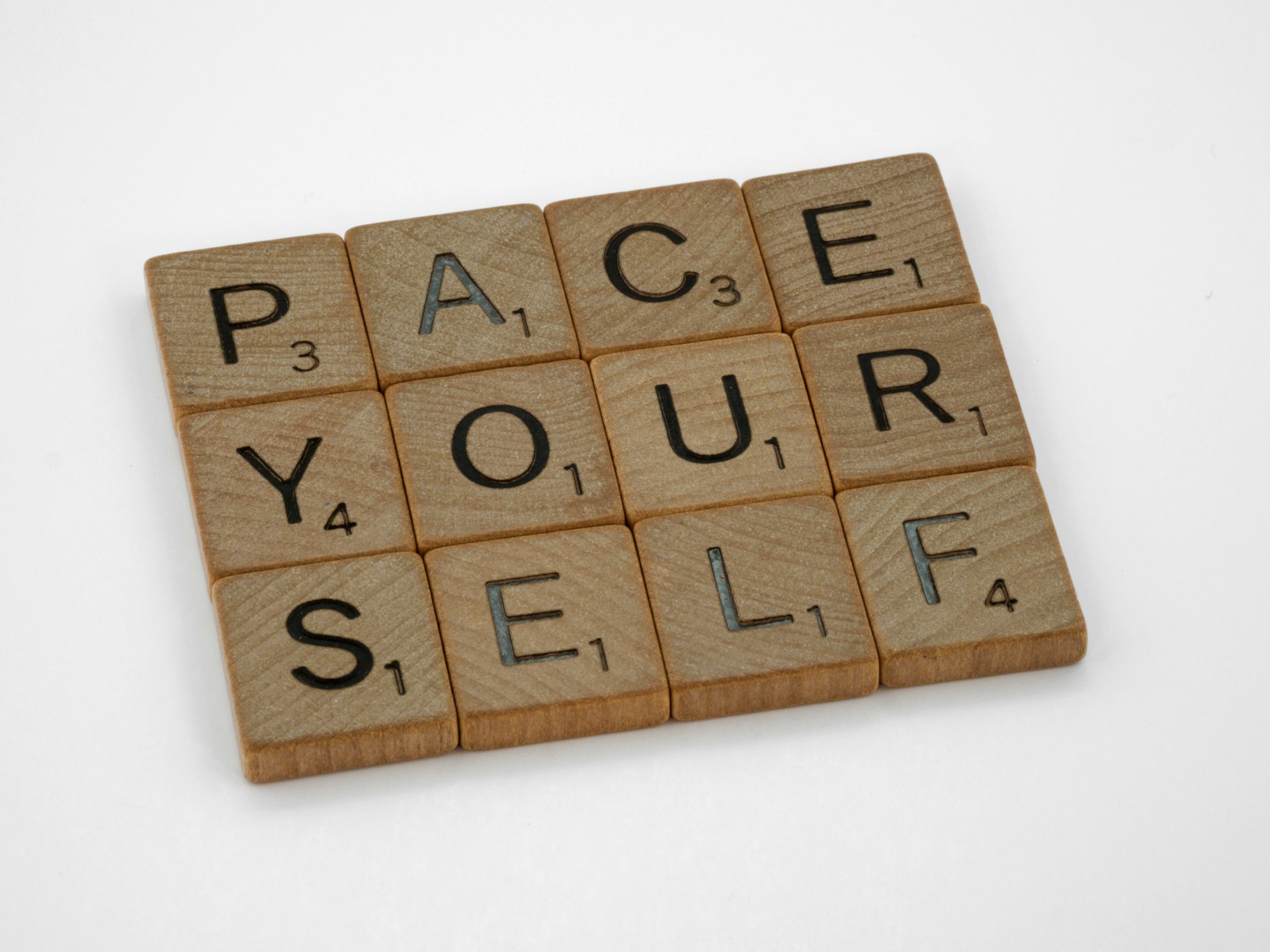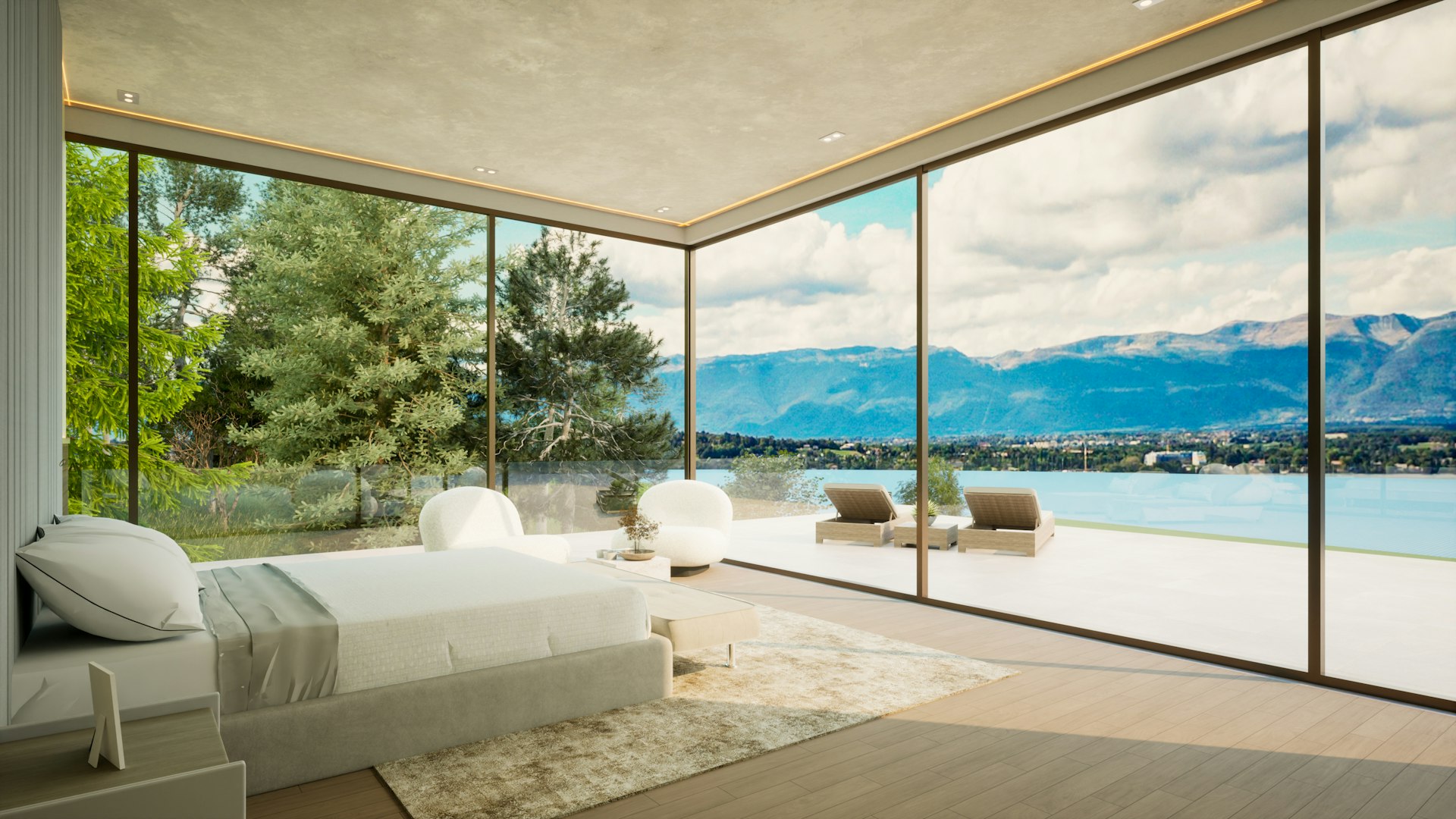Discover the Transformative Benefits of Tiny Homes and Minimalist Living

Photo by Galina Nelyubova on Unsplash
Introduction: Embracing a Simpler Way of Life
In recent years, the appeal of tiny homes and minimalist living has grown dramatically across the United States. Driven by rising housing costs, environmental concerns, and the desire for a more intentional lifestyle, many individuals and families are choosing to downsize their living spaces and possessions. Tiny homes-typically measuring 400 square feet or less-are more than just compact dwellings; they represent a new philosophy centered around simplicity, sustainability, and personal well-being [2] . This article provides a comprehensive guide to the benefits, challenges, and pathways to adopting tiny homes and minimalist living, with actionable steps and real-world examples to support your journey.
The Core Benefits of Tiny Home Living
1. Lower Cost of Living
One of the most compelling advantages of moving into a tiny home is the significant reduction in living expenses. Tiny homes are generally more affordable to purchase and maintain than traditional houses. They require fewer building materials, have lower utility bills, and often come with reduced property taxes [2] . According to experts, the average cost of a tiny home is much less than that of a standard home, and ongoing costs such as heating, cooling, and repairs are also substantially decreased [4] . This cost efficiency can free up resources for travel, investments, or other meaningful experiences.
2. Minimalist Lifestyle and Reduced Clutter
Living in a small space naturally encourages a minimalist lifestyle . With limited room, every item must be carefully considered for its utility and value, which reduces the accumulation of unnecessary possessions [1] . This approach promotes mindfulness and helps individuals focus on what truly matters-relationships, experiences, and personal growth. Many people who transition to tiny homes report feeling less stressed and more mentally clear due to the reduction in clutter and distraction [1] .

Photo by Juliane Monari on Unsplash
3. Environmental Sustainability
Tiny homes have a smaller ecological footprint compared to traditional housing. They use fewer building materials, require less energy for heating and cooling, and often incorporate sustainable features such as solar panels and composting toilets [2] . By occupying less land and consuming fewer resources, tiny home communities contribute to a more sustainable and environmentally responsible way of living [3] . Many advocates choose eco-friendly materials and seek locations that allow for a close connection with nature [5] .
4. Enhanced Well-Being and Mental Health
Research and personal accounts indicate that tiny home living can reduce stress and anxiety. The necessity to downsize possessions and maintain a tidy environment fosters mental clarity, better sleep, and improved focus [1] . Furthermore, the simplicity of the lifestyle encourages mindfulness and gratitude, as every possession must serve a purpose or bring joy. Many tiny home dwellers report a stronger sense of well-being and reduced decision fatigue, as daily life becomes more streamlined and intentional.
5. Stronger Relationships and Community Engagement
Tiny homes often foster closer family relationships due to the proximity and shared spaces. With fewer distractions and less room for isolation, communication and emotional bonds can strengthen. Additionally, many people who choose tiny home living seek out communities of like-minded individuals, creating opportunities for social interaction and mutual support [1] .
Practical Steps to Transitioning to Tiny Home Living
1. Assess Your Needs and Priorities
Before making the leap, carefully evaluate your lifestyle, family size, and essential possessions. Consider what you truly need in your daily life and what you can comfortably let go. Create a list of non-negotiable items and features you require in your home. This process may involve several rounds of decluttering and honest reflection on your values and habits [1] .
2. Research Tiny Home Options
Tiny homes come in many forms, from mobile structures on wheels to permanent, foundation-based dwellings. Some are custom-built, while others can be purchased pre-fabricated. It is important to research local zoning laws and building codes, as regulations for tiny homes vary significantly by location. Contact your city or county planning department to understand the requirements for legal placement and habitation.
3. Budgeting and Financing
While tiny homes are generally more affordable, costs can vary based on size, materials, and customizations. Develop a realistic budget that includes the purchase price, land (if needed), utility hookups, and ongoing maintenance. Financing options for tiny homes may be more limited compared to traditional mortgages; some buyers use personal loans, savings, or specialized lenders. Consult with a financial advisor to explore your best options.
4. Downsizing Strategies
Transitioning to a minimalist lifestyle involves practical steps to reduce your belongings. Start by sorting items into categories: keep, donate, sell, or recycle. Focus on multi-functional furniture and storage solutions that maximize limited space. Many people find it helpful to use the “one in, one out” rule to maintain clutter-free living.
5. Connecting with Communities and Resources
Many cities and regions have established tiny home communities that offer shared amenities and support networks. Consider visiting open houses or touring model homes to gather inspiration. For those seeking advice or peer support, online forums and social media groups dedicated to tiny home living can be valuable resources. To find local builders or communities, use search terms such as “tiny home communities near me” or “tiny house builder” along with your city or state.
Common Challenges and Solutions
1. Zoning and Legal Restrictions
One of the main obstacles to tiny home living is compliance with local zoning laws and building codes. In many areas, minimum size requirements or restrictions on mobile homes can complicate legal residency. To address this, research your local regulations thoroughly and consider working with advocacy groups that promote tiny home-friendly legislation. If you face challenges in your area, you may need to consider relocating to a more accommodating jurisdiction.
2. Limited Space and Privacy
Living in a tiny home means adapting to much less space. This can be challenging, especially for families or individuals who value privacy. Creative layout design, use of outdoor living areas, and multi-purpose furniture can help maximize functionality. If additional storage is needed, renting a secure storage unit nearby can be a practical solution [4] .
3. Social Adaptation and Community Integration
Moving into a tiny home may require adjusting to new social norms, especially if you relocate to a community where tiny homes are less common. Engage with local organizations, attend community events, and foster connections with neighbors to ease the transition. Many tiny home dwellers report that joining or forming supportive networks is key to long-term satisfaction [1] .
Alternative Approaches and Next Steps
If a tiny home is not feasible or desirable, there are other ways to incorporate minimalist living principles. Consider downsizing to a smaller apartment, adopting a “capsule wardrobe,” or using organizational tools to reduce clutter. Embracing minimalism is ultimately about prioritizing experiences and relationships over material possessions, regardless of your housing situation.
For those ready to take the next step, begin by:
- Researching legal requirements for tiny homes in your region (contact your local planning department or search for “tiny home regulations [your state/city]”).
- Connecting with reputable tiny home builders and touring model homes in person.
- Joining online communities for advice, inspiration, and peer support.
- Consulting a financial advisor to explore purchase and financing options.
Conclusion: Is Tiny Home and Minimalist Living Right for You?
Choosing a tiny home and embracing minimalist living involves thoughtful planning, adaptation, and a willingness to prioritize what matters most. While there are challenges, the benefits-including financial freedom, reduced stress, environmental sustainability, and personal fulfillment-can be profound. By taking practical steps, seeking support, and staying informed, you can discover if this transformative lifestyle is the right path for you.
References
- [1] Tru Form Tiny (2024). The Psychology & Mental Health Benefits Of Tiny Home Living.
- [2] Homes 4 The Homeless (2024). 10 Reasons to Go Tiny.
- [3] Housing & Education Alliance (2024). The Reality of Tiny Home Living.
- [4] NSA Storage Blog (2024). 7 Perks of Living in A Tiny Home.
- [5] Happiness Ride (2024). New Way of Living in Eco-Friendly Tiny House.
MORE FROM mumsearch.com













